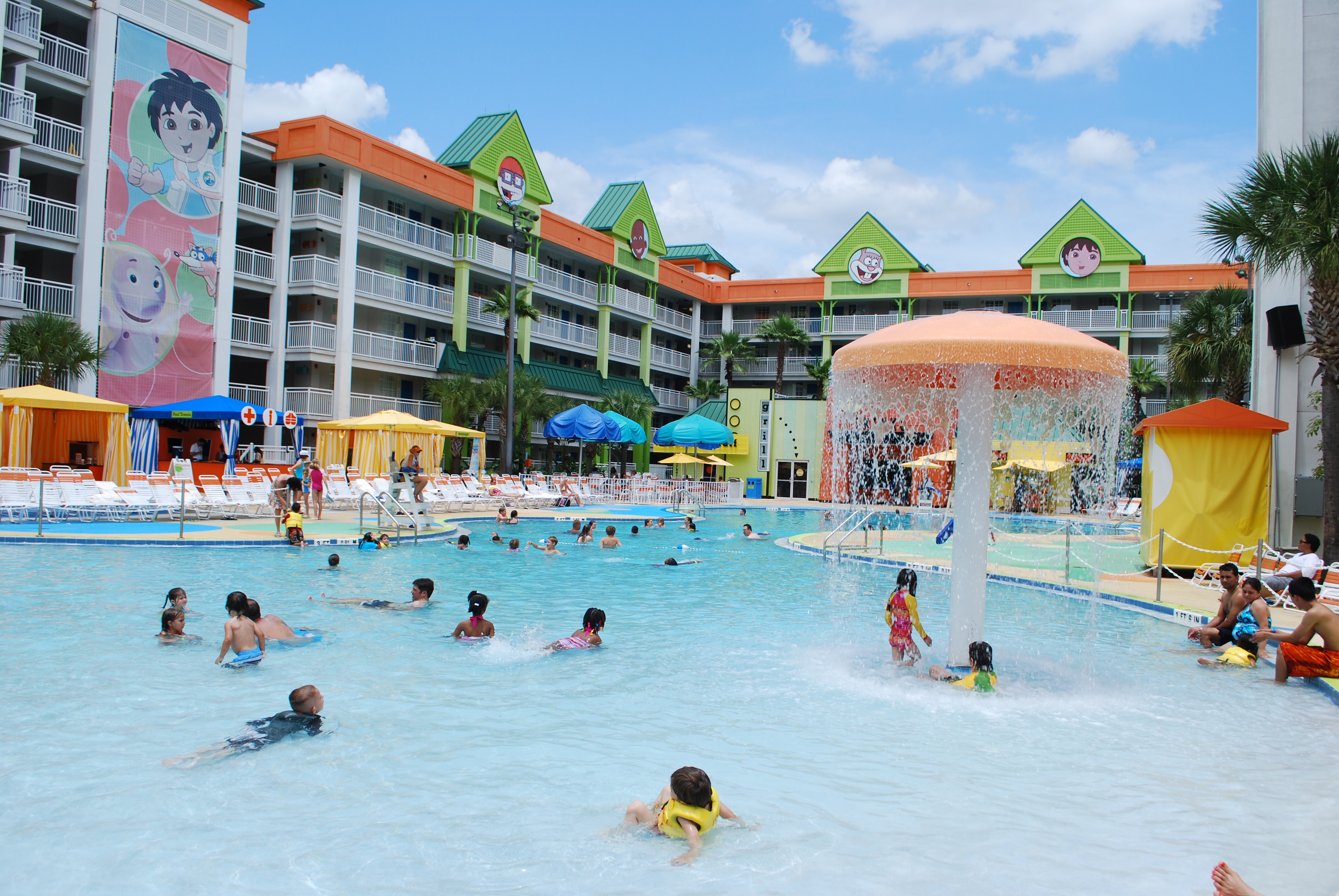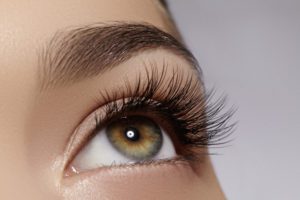With the holiday season fast approaching we thought we should focus on one of Australia’s favourite summer recreational activities and its relation with skin health: that is, swimming. There are many studies in the scientific literature looking at the effects that swimming in pools has on skin and there have been some very interesting findings.
In most swimming pools, microbiological control is performed by disinfection with the addition of chlorine. Chlorine is a strong oxidising agent introduced into water in order to destroy pathogenic microbes. A recent study was conducted in Europe to determine which chemical treatment used for disinfecting water in indoor swimming pools had the least impact on users’ perceptions of health problems, and which generated the greatest satisfaction with the quality of the water. The findings suggest that there is a greater probability of perceived health problems, including eye and skin irritation and skin dryness, in swimming pools treated with chlorine than in swimming pools using other chemical treatment methods such as bromine, ozone, ultraviolet lamps (UV) and salt electrolysis1.
An earlier study had looked at the relationship between chlorine and reduction of the water-holding capacity of the skin in people affected by Atopic Dermatitis (AD). Some patients with AD develop dry skin or exacerbated cutaneous inflammations with frequent swimming in public pools or after bathing. Researchers have examined the effects of residual chlorine in bathing water on the function of the skin surface in patients with AD. The experiment included twenty patients with AD and 10 subjects with normal skin acting as controls. The hydration status of the skin surface on the forearm was measured with a Corneometer (CK Electronics, Cologne) before and after the subjects’ arms were immersed in tubs filled with comfortably warm water containing residual chlorine at different concentrations for 10 minutes. The water-holding capacity of the skin surface after immersion was calculated by integration of the hydration status determined every 30 seconds over a period of 10 minutes. The results indicate, first, that the water-holding capacity of the skin surface in patients with AD is more sensitive to free residual chlorine exposure than that in subjects without AD. Second, these results suggest that free residual chlorine exposure in patients with AD may play a role in the development or exacerbation of AD2.
In 2011 a study conducted in Germany looked at the effect of using baby lotion on the skin barrier of swimming infants aged 3-6 months. 44 healthy infants aged 3-6 months were randomized into two groups: in one group, called group L, baby lotion was applied on the entire body, and in the other group, group WL, no lotion was used after swimming in a chlorinated pool. Transepidermal water loss, stratum corneum hyrdation, skin-pH and sebum were measured on four body regions using non-invasive methods. Results showed that in group L, skin surface lipids and pH remained stable. In group WL skin surface lipids decreased on the forehead and thigh and pH decreased on the thigh and buttock. Fewer infants in group L had at least one adverse event compared to group WL. Differences in the skin barrier function between boys and girls were seen on the different body regions. The results showed that the skin barrier function reacted differently in regards to the body region on the care regime after baby swimming. Influence of baby lotion on skin barrier and gender differences in skin functional parameters were demonstrated for the first time in healthy infants participating in swimming3.
Pool disinfecting agents have well-known documented effects on skin and hair which have led to development of a few cosmetic ranges specifically formulated to meet the need of swimmers. Several cosmetic products not specifically marketed to swimmers have also proven effective in either protecting skin or hair while in the water or removing chlorine properly after swimming. If not washed off properly, disinfecting agents such as chlorine are likely to stay on hair and skin with their distinctive smell several hours after having a swim. Chlorine residual may also cause some adverse effects in skin and hair. It’s important for swimmers using chlorinated pools to consider proper washing and skin protection, so that the health benefits of swimming is not compromised by possible negative effects on the skin and hair.
———————————————————————-
1 Fernández-Luna Á, Burillo P, Felipe JL, Del Corral J, García-Unanue J, Gallardo L, “Perceived health problems in swimmers according to the chemical treatment of water in swimming pools”, Eur J Sport Sci. 2015 Jan 21:1-10
2 Seki T, Morimatsu S, Nagahori H, Morohashi M, “Free residual chlorine in bathing water reduces the water-holding capacity of the stratum corneum in atopic skin” J Dermatol. 2003 Mar;30(3):196-202
3 Garcia Bartels N1, Rösler S, Martus P, Stroux A, Lönnfors S, Reisshauer A, Blume-Peytavi U, “Effect of baby swimming and baby lotion on the skin barrier of infants aged 3-6 months”, J Dtsch Dermatol Ges. 2011 Dec;9(12):1018-25. doi: 10.1111/j.1610-0387.2011.07710.x



